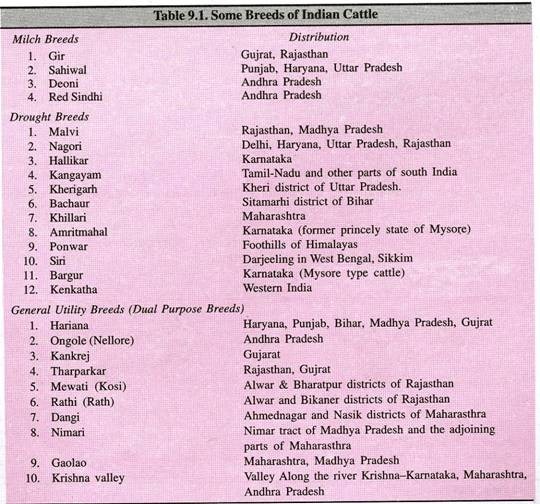ADVERTISEMENTS:
Meristematic cells gradually divide and get differentiated to form permanent tissues.
Permanent tissue is composed of cells that have lost the power of dividing and has attained a definite form and shape.
Permanent tissues may be classified into three main groups:
ADVERTISEMENTS:
1. Simple
2. Complex
3. Special tissues
I. Simple Tissues:
Simple tissues are homogenous and composed of structurally and functionally similar cells.
ADVERTISEMENTS:
These are of three types:
Parenchyma, collenchyma and sclerenchyma. (Fig. 3.2 I-III)
Parenchyma is the most common tissue which is morphologically and physiologically simple and unspecialized. These cells are found in epidermis, cortex, pericycle, pith etc. They are responsible for photosynthesis, storage of food, secretion etc.
(ii) Collenchyma:
Collenchyma are living tissues composed of more or less elongated cells and often have some chloroplast to carry on photosynthesis. It is generally situated below the epidermis.
(iii) Sclerenchyma:
Cells are long, thick-walled and lignified with tapering ends. These are fibre like in appearance and also known as sclerenchymatous fibre. These are dead cells and perform mechanical function.
II. Complex Tissues:
The complex tissues are composed of different types of cells performing diverse functions. These are of two types xylem and phloem.
ADVERTISEMENTS:
(i) Xylem:
Structurally, xylem consists of both living and nonliving cells. Xylem consist of four elements: tracheids, vessels, xylem fibers and xylem parenchyma (Fig. 3.3).
Tracheids:
ADVERTISEMENTS:
Tracheids are elongated or tube-like dead cell with hard, thick and lignified walls. Their ends are tapering, blunt or chisel-like. Their function is conduction of water and providing mechanical support to the plant.
Vessels:
Vessel is long cylindrical, tube like structure with lignified walls and a wide central lumen. The cells are dead as these do not have protoplast. The cells are arranged in longitudinal series in which the partitioned walls (transverse walls) are perforated, so the entire structure looks-like a water pipe. Their main function is transport of water and minerals. It also provides mechanical strength.
Xylem fibers:
ADVERTISEMENTS:
These cells are elongated, lignified and pointed at both the ends. A xylem fiber helps in conduction of water and nutrients from root to the leaf and provides mechanical support to the plant.
Xylem Parenchyma:
The cells are living and thin walled. The main function of xylem parenchyma is to store starch and fatty substances.
(ii) Phloem:
ADVERTISEMENTS:
Phloem consists of four types of elements – sieve tubes, companion cells, and phloem parenchyma and phloem fibers (Fig. 3.3 (ii).
Sieve tube:
These are elongated, tube-like slender cells placed end to end. The transverse walls at the ends are perforated and are known as sieve plates. The main function of sieve tubes is translocation of food, from leaves to the storage organs of the plants.
Companion Cells:
These are elongated cells attached to the lateral wall of the sieve tubes. These are mostly found in angiosperms.
ADVERTISEMENTS:
Phloem Parenchyma:
The phloem parenchymas are living cells which have cytoplasm and nucleus. Their function is to store food materials.
Phloem fibers or bast fibers:
Sclerenchymatous cells associated with primary and secondary phloem are commonly called phloem fibers. These cells are elongated, lignified and provide mechanical strength to the plant body.
III. Special tissues (Fig. 3.4 i-ii):
Special tissues are structurally modified and specially organized for secretary function.
These are of two types:
ADVERTISEMENTS:
Laticiferous tissues:
These are specialized tube like structures known as laticiferous ducts found in many angiosperms. These ducts are filled with white or yellow latex. Laticiferous ducts are of two types: Latex cells as found in madar and Latex vessels as found in rubber, papaya etc.
Glandular tissue:
It consists of different types of glands which are formed by single cell or group of cells. These secrete resin, oil, mucilage, tannin, gums etc.



